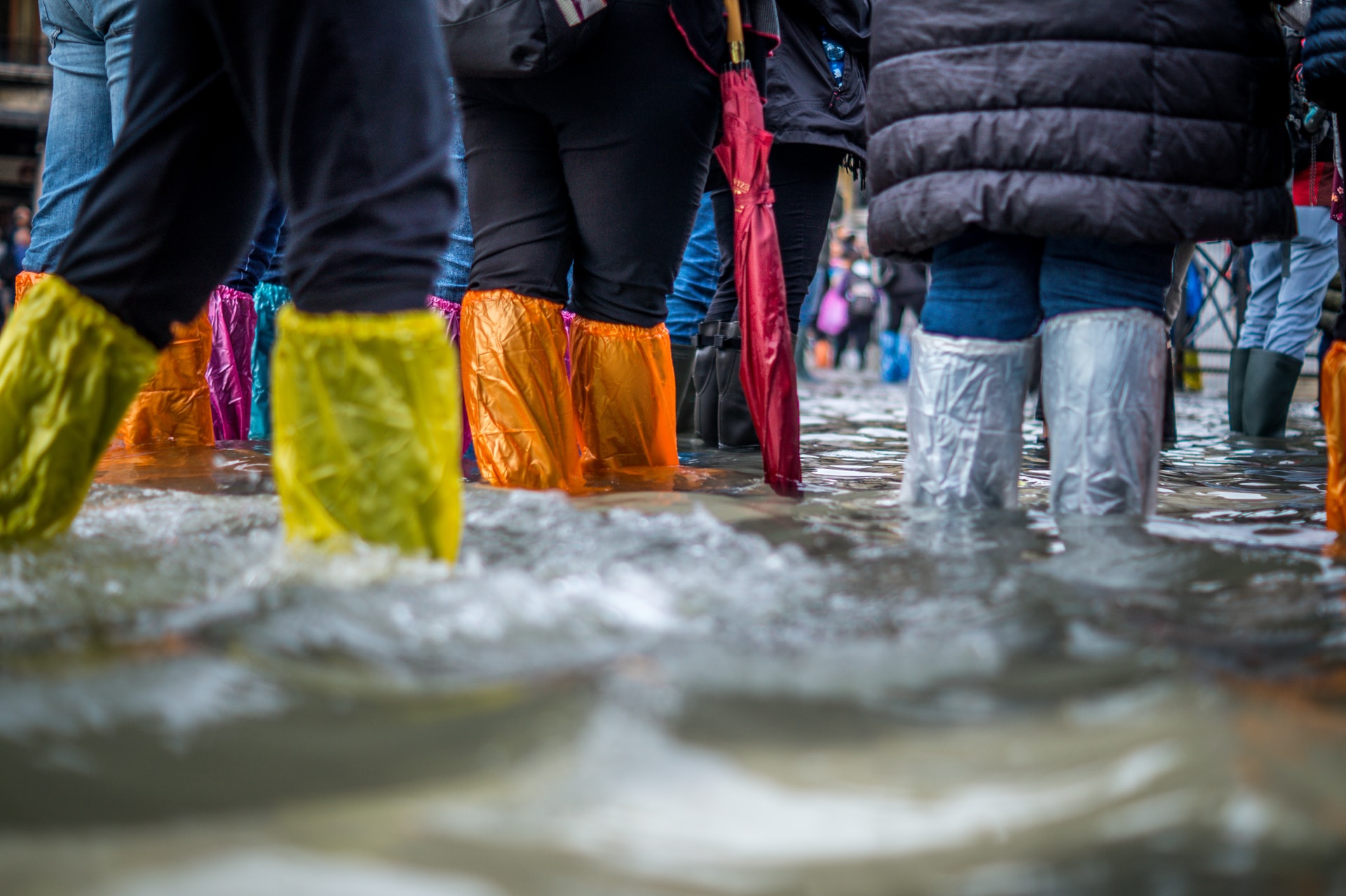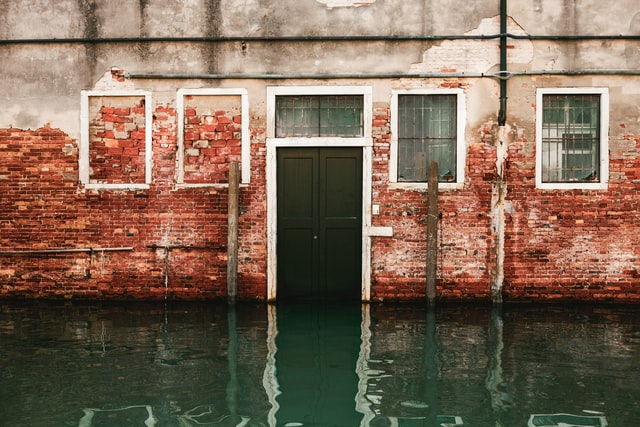
According to the Organisation for Economic Co-operation and Development, worldwide flood damage costs over $40 billion annually. Water Damage in the United States accounts for $8 billion of that total. Floods in general impact nearly 250 million people each year.
Chances are, everyone will encounter a flood at some point or another.
You may have questions regarding your flood risk, or be asking “Do I live in a flood zone?”. Keep reading to learn how to answer that question, and for more information about flood preparedness.

What is a Flood Zone?
First things first, let’s define flood zones. Flood zones are geographic locations that have been identified according to their level of flood risk.
Flood Zones are determined by FEMA, the Federal Emergency Management Agency.
FEMA is also responsible for updating flood risks. Flood risks can change in a given area due to several factors. For example, construction or development as well as changes in the weather can impact flood risk.
Families that live in high-risk flood zones are often required to buy flood insurance.
Locations that tend to be at a higher risk for floods are any place that receives a lot of rainfall. Other flood-prone areas include locations along the coast and bodies of water such as rivers. Rivers are often adjacent to floodplains.
Floodplains are flat land surrounding rivers and streams. When they experience heavy rainfall, they may be unable to contain excess water. This contributes to flooding in the surrounding areas.
Do I Live in a Flood Zone?
There are several options to learn about your flood zone status. The first is utilizing FEMA’s resources. They offer access to community flood maps.
A better alternative is calling local insurance companies.
Insurance companies can provide a better understanding of your specified flood zone. They will be able to detail your flood risk. Additionally, they’ll have information regarding flood insurance requirements.
Learning about available insurance policies and pricing can be crucial for protecting your home from flood damages.
Flood Preparedness
After learning about your flood zone, the next step is to practice flood preparedness.
First and foremost, have a method for receiving flood warnings. Download a weather app on your phone, follow along with local news channels, or invest in a weather radio.
Make sure the entire family can identify flood warnings.
This helps enact emergency plans. Emergency plans detail how you’ll communicate with one another, like what everyone should do in the event of a separation. Furthermore, emergency plans have clear evacuation routes and shelter options.
In addition to making an emergency plan, every family should have emergency kits.
These kits are pre-packed with essential items so they can be easily grabbed during an emergency. Some items may include food and water, medication, a first aid kit, clothes, and toiletries. Utility knives, electronics, and cash can also come in handy.
Stay Informed and Stay Safe
Floods are common natural disasters and they can have drastic impacts. They can lead to property damage or property loss. More severely, floods interfere with physical health and cause loss of life.
If you haven’t already, start asking yourself “Do I live in a flood zone?”. Getting this question answered can help you prepare for a natural disaster, and help you better protect yourself and your family.
For other relevant home protection information, check out the rest of our site!


